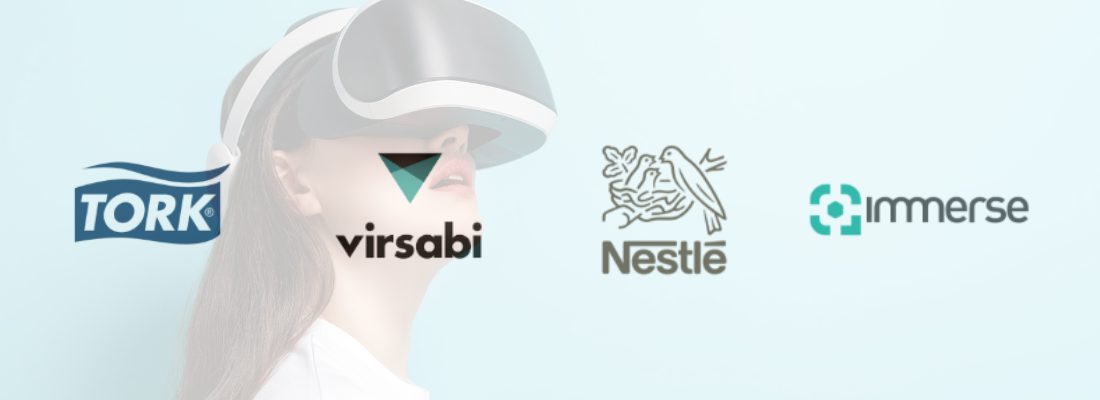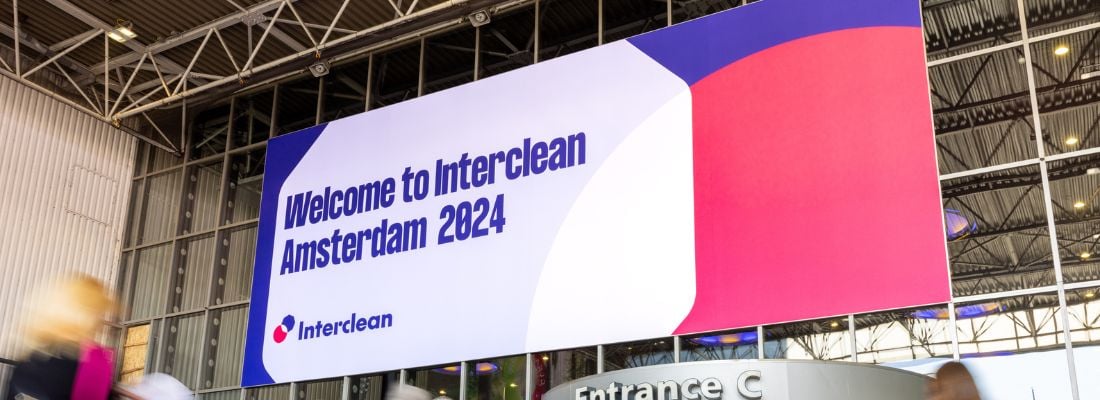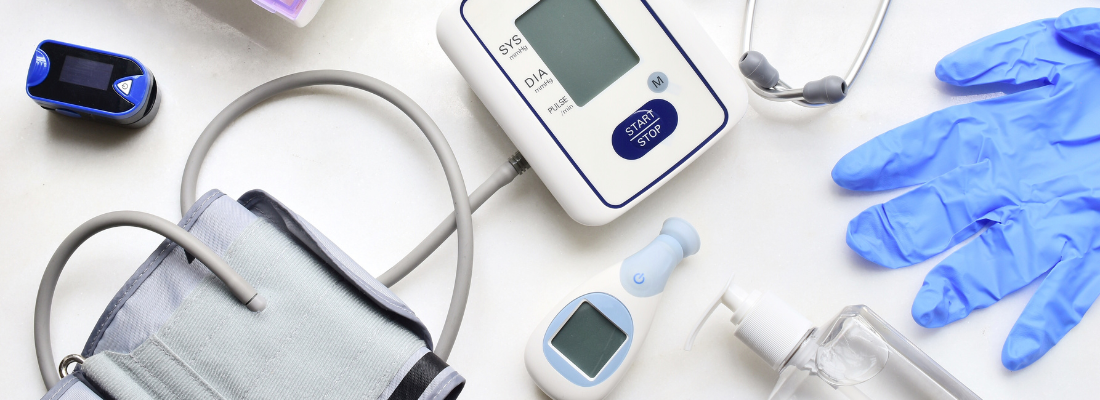Why smart cleaning is becoming a strategic function in distribution operations
Distribution centres have always been critical infrastructure in modern supply chains. They operate without pause, often across millions of square feet, with goods, machinery and people moving simultaneously. In this environment, cleaning is a core operational requirement tied to safety, compliance and continuity.
“The risks are practical and costly,” says Andy Cawdron, Operations Director at OCS. He oversees cleaning and facilities across major UK distribution centres, where even small oversights can have major consequences. A wet aisle, for instance, can halt loading operations; dust on high racking can activate fire systems, and in food or pharmaceutical logistics, Cawdron tells us, a hygiene breach can suspend distribution entirely.
What has changed is scale, speed and accountability. Sites have grown larger, automation has increased activity, and clients expect cleaning to be planned, traceable and evidenced. This shift is propelling the industry toward data-driven processes, robotics, and integrated facility intelligence.
To make sense of how expectations are shifting and how operations are adapting in response, we turned to Cawdron for insight from the ground.
Cleaning methods must evolve as scale and speed redefine operations
The challenge begins with the nature of the environment. A modern distribution centre can run 24 hours a day, seven days a week, with multiple shift patterns overlapping. Forklifts, pallet trucks, pickers and autonomous systems move at pace across vast floor areas. Cleaning teams must operate within this live environment, and stopping operations to clean is rarely an option.
Scale adds another layer. In facilities stretching across hundreds of thousands or even millions of square feet, traditional manual cleaning simply can’t keep up with the volume of activity. Dust builds up quickly on floors and high racking, and if it isn’t controlled, it can trigger fire systems or interfere with sensors. Spillages in loading or pick areas create slip risks and can stop work immediately. In food or pharmaceutical distribution, even a minor hygiene failure can result in stock being quarantined or operations suspended until conditions are proven safe.
For a long time, cleaning was based on visual judgement, meaning that if it looked clean and work could continue, it was considered done. That approach made sense when operational continuity mattered more than recorded proof. Today, clients demand consistency, traceability and evidence. This expectation has pushed the industry away from routine labour and toward structured, technology-enabled cleaning.
Automated cleaning works when people and technology align
Automation in distribution centres was brought in to solve practical problems such as complex operations and rising expectations around documented cleaning. Robotic floor scrubbers became the most visible example. They operate for hours without interruption, follow defined routes and deliver consistent results. Their biggest advantage is both consistency and proof; you can see exactly where they’ve cleaned and when.
But automation only delivers when the site is set up to support it. “You can’t just put a robot into a warehouse and expect it to work,” Cawdron emphasises. At a site he oversees, for instance, digital layouts had to be redrawn to stop machines from travelling under racking or into forklift routes. Charging and refill stations were also moved to keep the machines operating safely within live zones, a small adjustment that shows automation only works when the site, process and people are aligned around it.
A common misconception often arises that automation removes the need for people. Cawdron is clear that it does not. Instead, automation changes what people do and redefines their role. It’s “cobotics, not robotics,” as he puts it, a partnership between machine precision and human awareness.
People are what make automation effective when they are part of the process. In every successful rollout, teams were shown what the machines do, where they operate and how their role changes. That clarity removes uncertainty, builds trust and ensures the technology supports operations rather than disrupts them. In the end, what makes automation successful is how well it is integrated into the workforce and the workflow.
The shift toward transparent and measurable cleaning operations
After robotics became part of daily cleaning routines, they began to generate measurable proof of work. Cleaning paths could be tracked, timings logged, and gaps identified.
That shift changed the nature of conversations with clients. It was no longer enough to say a job had been completed; it had to be documented. “Clients now want transparency, not assurance,” Cawdron says. At his site, cleaning activity is displayed on a live digital floor plan. Areas move from red to green as tasks are completed, allowing supervisors to monitor progress in real time. If something is delayed or missed, it is spotted early, not during an audit or after an incident. In that sense, cleaning has evolved into a form of operational intelligence rather than routine maintenance.
Once cleaning activity could be tracked and reported, expectations widened. The same demand for visibility is now being applied to sustainability, including how much water is being used, what chemicals are applied and the energy consumed to deliver the service.
At the distribution centres Cawdron oversees, those pressures are already shaping day-to-day decisions. Battery-powered machines have replaced older fuel-driven models in several locations. Chemical-free scrubber dryers are now being used where possible to reduce the need for detergents and water. Deliveries of cleaning products have also been reduced and consolidated to avoid unnecessary vehicle movements.
None of this, he explains, is framed as voluntary environmental goodwill. “It’s written into the contract now. Clients expect you to show how you’re reducing impact. It gets scored just like cost or compliance.”
Bringing people, data and automation together in the warehouse
When asked about the future of cleaning in distribution centres, Cawdron doesn’t talk about more robots. He talks about connection. The next stage, he says, is not adding technology, but integrating it, making cleaning part of the same system that runs the warehouse.
Right now, that system is fragmented. Robot data sits in one platform, shift schedules in another, maintenance logs somewhere else. “The technology exists,” Cawdron says, “but it isn’t connected.”
Cawdron expects cleaning, operations and facilities to move toward fully integrated platforms where activity is tracked in real time and decisions are based on risk rather than routine.
He is certain of two things. First, people will always remain part of the process. Their roles will evolve but will not disappear. Second, the companies that lead this transformation will no longer treat cleaning as an outsourced task. They will embed it within their operations, alongside data, automation and daily decision-making.
“That’s where it’s going,” Cawdron concludes. “Cleaning, data and automation working inside the heartbeat of the site.”
Receive the best newsletter on cleaning & hygiene - straight to your inbox!
We promise never to send you spam and you can unsubscribe at any time!








